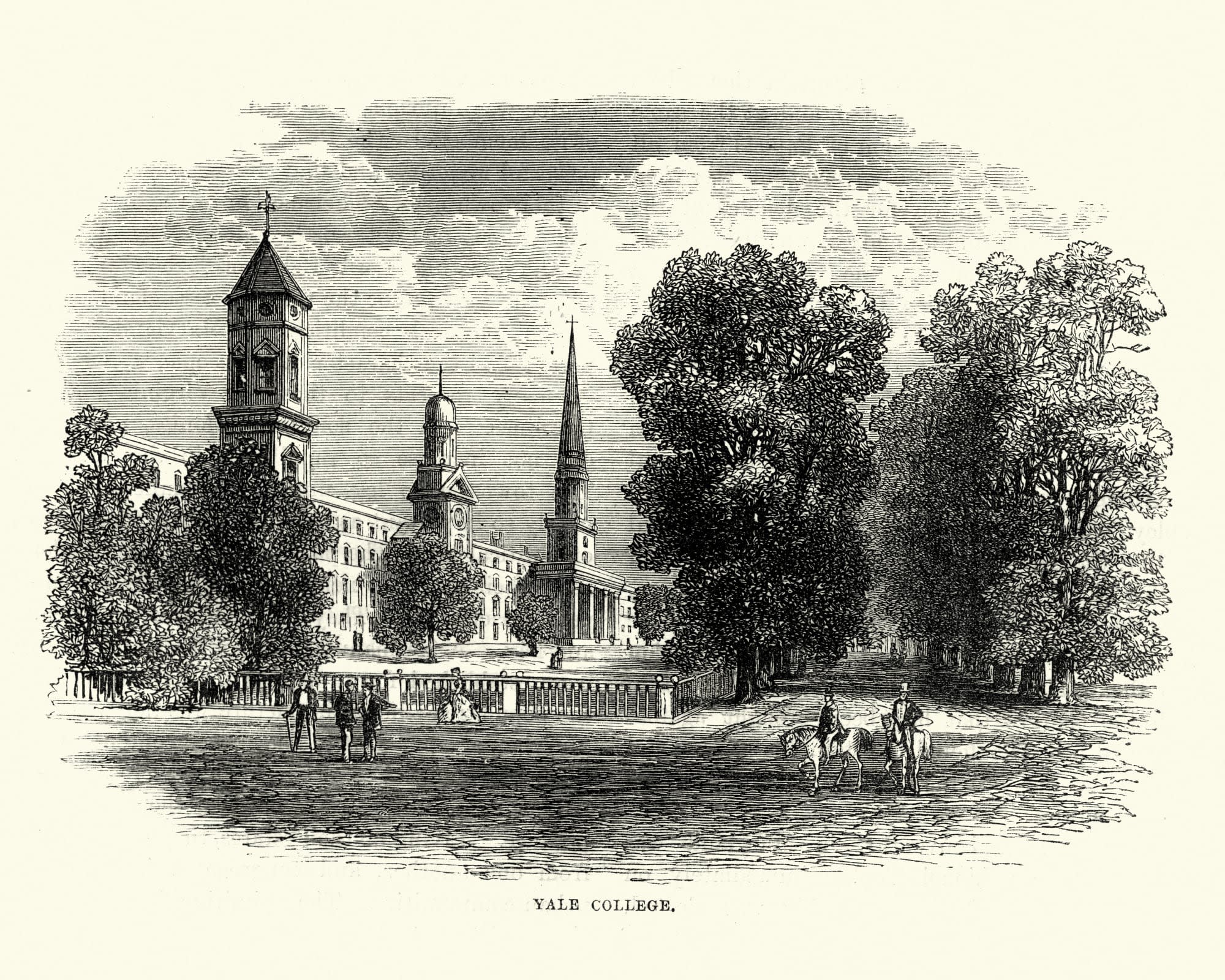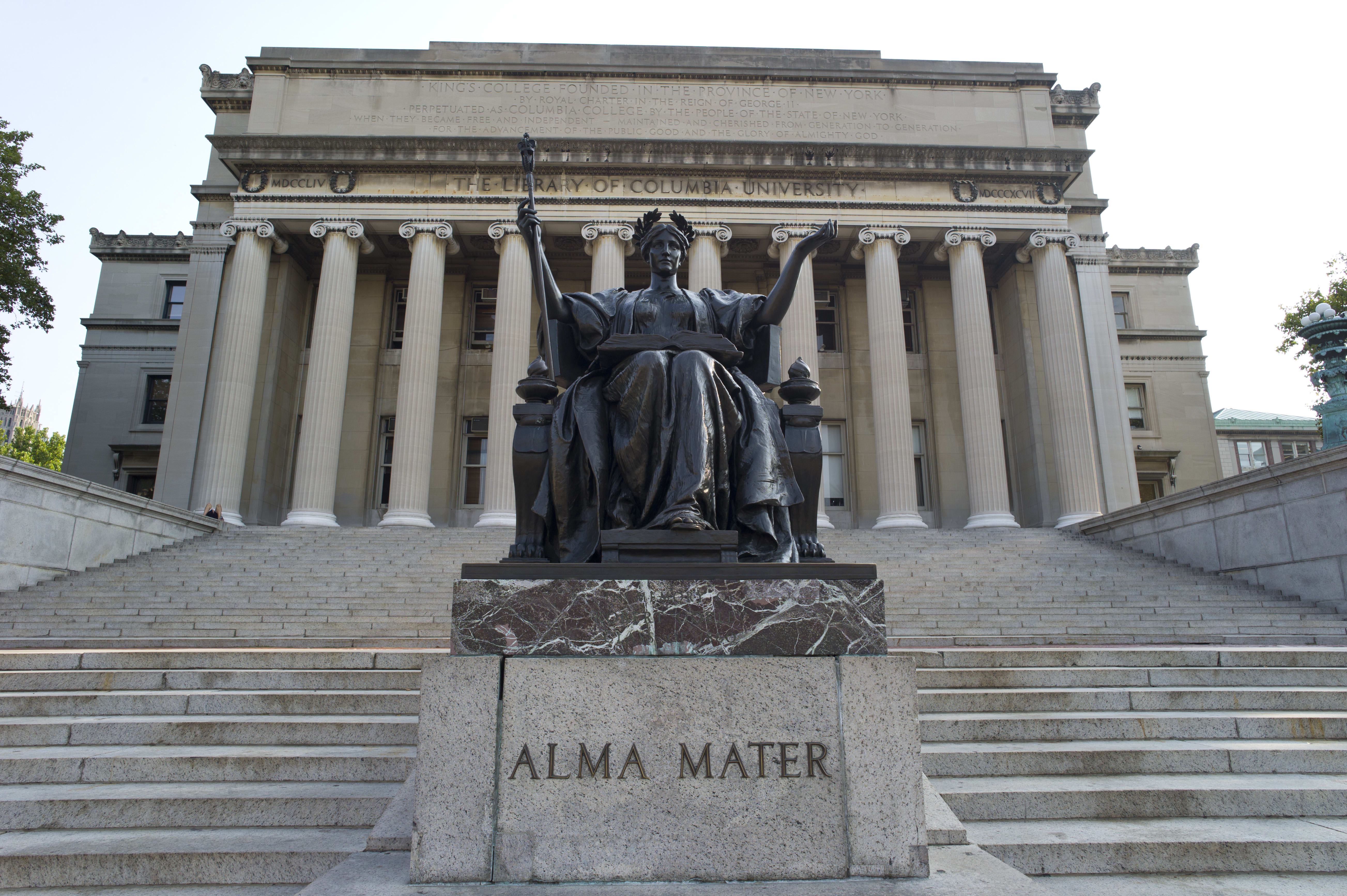A History of the Ivy League
- Offering top academic programs, the Ivy League schools have been around for centuries.
- The Ivy League historically admitted mostly students who were white, male, and wealthy.
- While their students are more diverse today, these schools still cater to the privileged.
- Today, many colleges rival the Ivies in terms of prestige and exclusivity.
In “The Catcher in the Rye,” Holden Caulfield declares, “My father wants me to go to Yale, or maybe Princeton, but I swear, I wouldn’t go to one of those Ivy League colleges.” Even in the 1950s, the Ivy League schools were praised (or reviled, if you’re Holden) because of their prestige and power in higher education.
But the Ivy League technically didn’t exist when J.D. Salinger penned his famous novel. So where does the phrase “Ivy League” come from, and how have the Ivies changed over the centuries? Should today’s students strive for an Ivy League education, or reject the Ivies as Holden does?
Taking a look back at the history of the Ivy League provides a valuable perspective on its place in contemporary higher education.
The Ivy League Athletic Conference
Eight universities make up the Ivy League: Harvard, Yale, Princeton, Columbia, Brown, Dartmouth, Cornell, and the University of Pennsylvania. All but one of these schools predate George Washington’s presidency, but the Ivy League itself is an athletic conference that was only created about 70 years ago.
In 1935, the Associated Press wrote an article about a potential sports league that would bring together a handful of private schools in the Northeast. “The so-called ‘Ivy League’ which is in the process of formation among a group of the older eastern universities now seems to have welcomed Brown into the fold and automatically assumed the proportions of a ‘big eight.'”
“[Brown’s long academic history] comes pretty close to making [it] a charter member of the ‘Ivy League.’”. Source: — Associated Press, Christian Science Monitor, February 7, 1935
The Ivy League would differ from other conferences, with each school agreeing not to offer any athletic scholarships. Athletes competing for Yale, Princeton, and Columbia would also have to earn admission to their school as scholars, not just athletes.
In 1954, the Ivy League became an official member of the NCAA. But the full history of the Ivy League begins long before the establishment of the athletic conference.

(duncan1890/DigitalVision Vectors/Getty Images)
The Early Years of the Ivy League
In 1636, the Massachusetts Bay Colony voted to create a college. Named after an early benefactor who donated his books to the school, Harvard became the first institution of higher education in the U.S.
The next six Ivy League schools date back to the 18th century. Yale became the third-oldest U.S. university with its founding in 1701, followed by Penn in 1740, Princeton in 1746, and Columbia — New York state’s oldest college — in 1754. Brown and Dartmouth followed in 1764 and 1769, respectively.
Cornell was founded a century later in 1865, making it the only Ivy League school established after the formation of the U.S.
In the early years, the Ivy League schools primarily enrolled the sons of wealthy colonists. At institutions like Harvard and Yale, students studied rhetoric, mathematics, and Latin, with many preparing for careers in the church or in law.
These colonial colleges held students to strict standards. Those who violated the rules often faced an ear-boxing or public whipping. In 1761, Harvard introduced a fine system for violations, requiring students who swore or brought alcohol to school to pay a fee.
Soon the creeping vine that named the athletic conference had taken root. In a poem published in 1888, one writer mused:
When, from the ivied College Hall
The lights begin to glimmer,
And forth they stroll at even-fall
To watch the starlight shimmer.
In the mid-19th century, Harvard students began “planting the ivy” on Class Day. Students also gathered to hear “the ivy oration,” a speech originally given by a fellow student. This 19th-century association between ivy and elite private schools would eventually lend the athletic conference its name.
Ivy League Schools’ Changing Student Bodies
For centuries, Ivy League students were almost exclusively white, wealthy, and male. Although the makeup of the student body has changed somewhat since the early years, privileged students still make up a large percentage of Ivy League attendees.
By the start of World War II, fewer than 125 Black students had earned a degree at Columbia, Penn, Cornell, Harvard, and Yale combined. Similarly, many Ivy League schools did not admit women until the 1960s and ’70s.
Ivy League graduates continually resisted efforts to admit more diverse student bodies. In the mid-20th century, as many Ivies began to seriously consider enrolling women, one Princeton alum vowed, “If Princeton goes coeducational, my alma mater will have been taken away from me, and PRINCETON IS DEAD.”
A Yale alum echoed this same sentiment in a letter to the school’s alumni magazine: “Gentlemen — let’s face it — charming as women are — they get to be a drag if you are forced to associate with them each and every day. Think of the poor student who has a steady date — he wants to concentrate on the basic principles of thermodynamics, but she keeps trying to gossip about the idiotic trivia all women try to impose on men.”
A Dartmouth alum made his similar feelings known in a 1970 letter to the college’s trustees: “For God’s sake, for Dartmouth’s sake, and for everyone’s sake, keep the damned women out.”
While today’s Ivy League schools admit both women and people of color, their racial and socioeconomic demographics remain out of line with society as a whole. For example, though Black students account for 15% of graduating high school seniors, they make up only 8% of the student bodies at Princeton, Yale, Cornell, Brown, and Harvard.
Economic diversity also remains an issue in the Ivy League. According to a study by the Equality of Opportunity Project, many Ivy League schools enroll more students from the top 1% of household incomes than they do from the bottom 60%.
The Ivy League admissions process considers factors like legacy status and athletics, giving little advantage to low-income students. Legacy preferences, for instance, notoriously prioritize wealthy and white students over other groups of people. Harvard admits 1 in 3 legacy applicants, but less than 6% of all applicants.
These admissions policies favor privileged applicants and contribute to the diversity problem in the Ivy League.
How Prestige Defines the Ivy League
Prestige has defined Ivy League schools from their earliest days. At Harvard’s first commencement in 1642, graduates crossed the stage according to their family’s standing in society. For over 100 years, Harvard continued to rank students by social status.
The elite nature of the Ivy League continued into the 20th century. Ivy League graduates have historically gone on to hold top spots in government and politics. A total of 15 U.S. presidents have attended an Ivy League school, including every president since Ronald Reagan.
It’s no surprise that Ivy League schools consistently appear among the top 10 colleges in U.S. News & World Report’s influential rankings. “Ivy League schools are considered the most sought-after institutions of higher learning in the country and around the world,” says the media company, mainly because of their selective admissions process, academic record, and social prestige.
An Ivy League education pays off for many students as well. Recent Ivy graduates earn a median annual salary of over $80,000, compared with just $58,000 for graduates of highly regarded state universities.
The Ivies also report high graduation rates, with 95% of enrolled students earning a degree. This percentage is notably higher than the 81% graduation rate at all four-year colleges and universities in the U.S.
Thanks to a track record of success in higher education, many perceive an Ivy League education as a guarantee for success in the workforce. A recent survey found that nearly 1 in 3 hiring managers prefers to only hire candidates who attended an elite university.

The Ivy League in Higher Education Today
The Ivy League may represent only a small segment of higher education, yet it often receives an outsized amount of attention.
In 2011, less than 0.5% of undergraduate students in the U.S. attended an Ivy League school. Today, the eight Ivy League colleges enroll around 68,000 undergraduates out of 17 million total undergraduates in the country.
Most students choose public schools over private institutions. In 2015, 77% of undergraduates in the U.S. attended a public college or university.
Additionally, the Ivy League schools are not the most selective institutions out there. In 2020, Stanford ranked No. 1 for exclusivity. Caltech, MIT, the University of Chicago, Northwestern, Pomona, Bowdoin, and several other schools report lower acceptance rates than at least one Ivy League school as well.
Finally, students should know that attending an Ivy is far from the only path to success.
In 2017, Forbes investigated the notion that elite schools produce the “leaders of tomorrow.” By analyzing the educational pedigrees of 2,300 government officials, CEOs, and other “leaders,” researchers found that just 16% held an undergraduate degree from an Ivy Plus university.
The recent “Varsity Blues” admissions scandal reveals the lengths to which wealthy parents will often go to secure a spot for their child at an elite university.
More broadly, the college admissions process shows the many loopholes exploited by privileged families who can afford large donations or private coaching in polo or sailing to earn a few extra points during a holistic admissions review. Wealthy individuals who take advantage of these loopholes can significantly improve their chances of securing admission to top colleges, displacing deserving but less privileged applicants.
The Ivy League schools dominated higher education in the colonial era, in part because there were few alternatives. But today, the Ivy League competes with dozens of institutions that rival the academic renown and exclusivity of the elite eight.
Although the Ivy League retains its prestige, students need not fight for a spot at the Ivies in order to receive an excellent education.
Explore More College Resources

Summer Semester: When Does It Start? And Should You Enroll?
School’s out — or, rather, in — for summer. Discover the pros and cons of enrolling in an optional summer semester in college.

by Anne Dennon
Updated March 20, 2023

